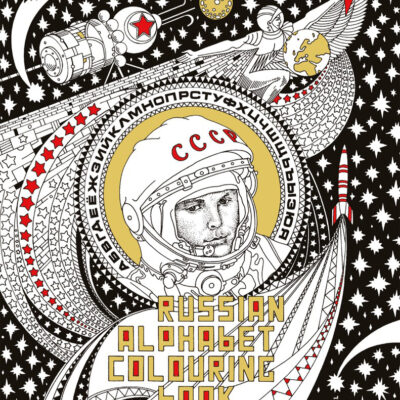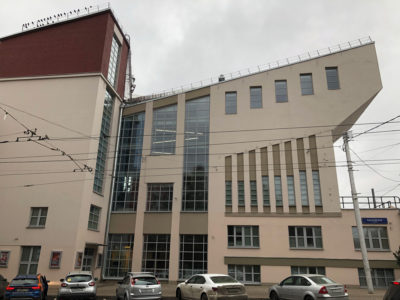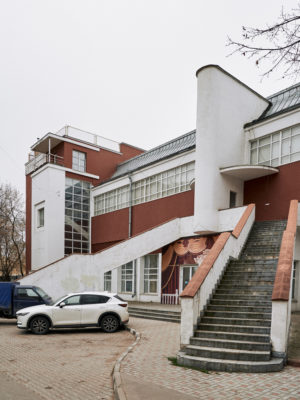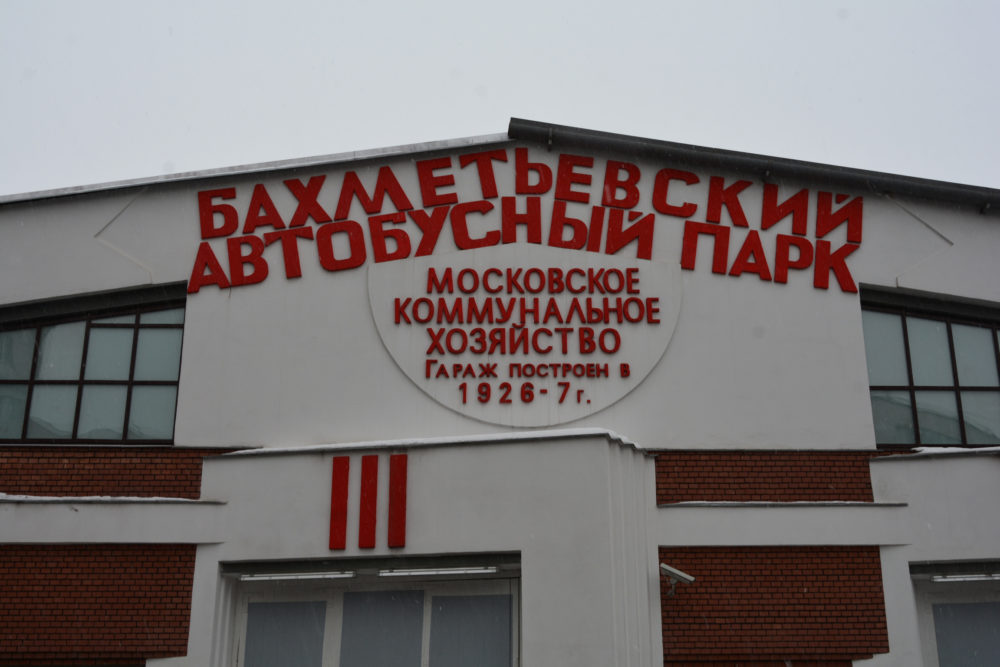Social Condensers – changing society through architecture
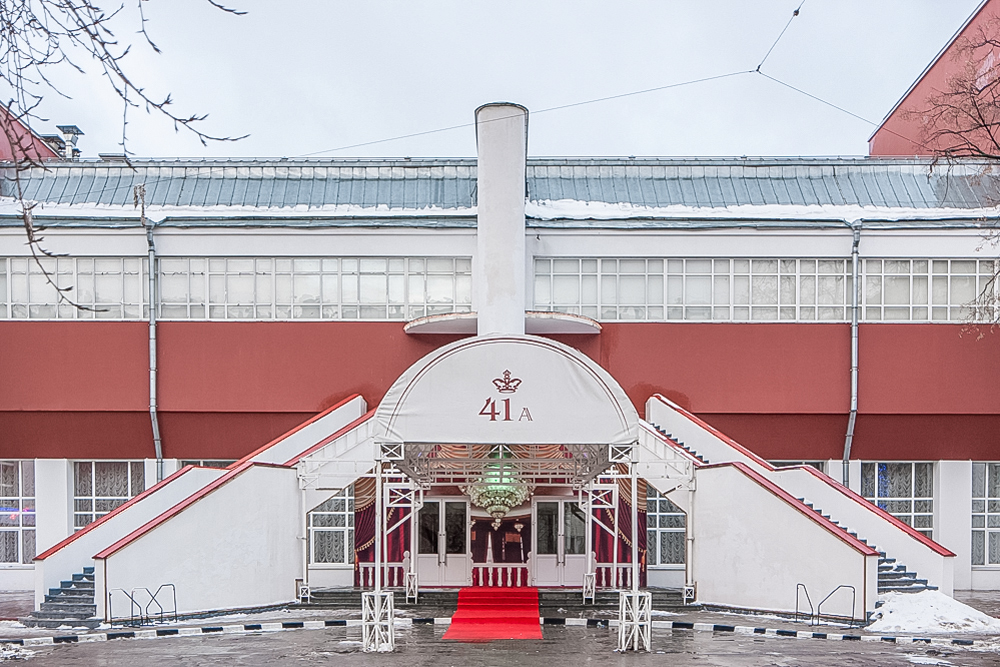
Svoboda Factory Club
Between 1926 and 1929 a wave of workers’ clubs across the USSR were established by the trades unions. Their purpose was revolutionary.
The Soviet Constructivist architect Ivan Leonidov said in 1928*
“We need not merely new clubs, but clubs—inventions, insofar as these are not clubs for playing whist and dancing the quadrille, but clubs designed for brand new, previously unheard-of human relations, new “Social Condensers” of our time.”
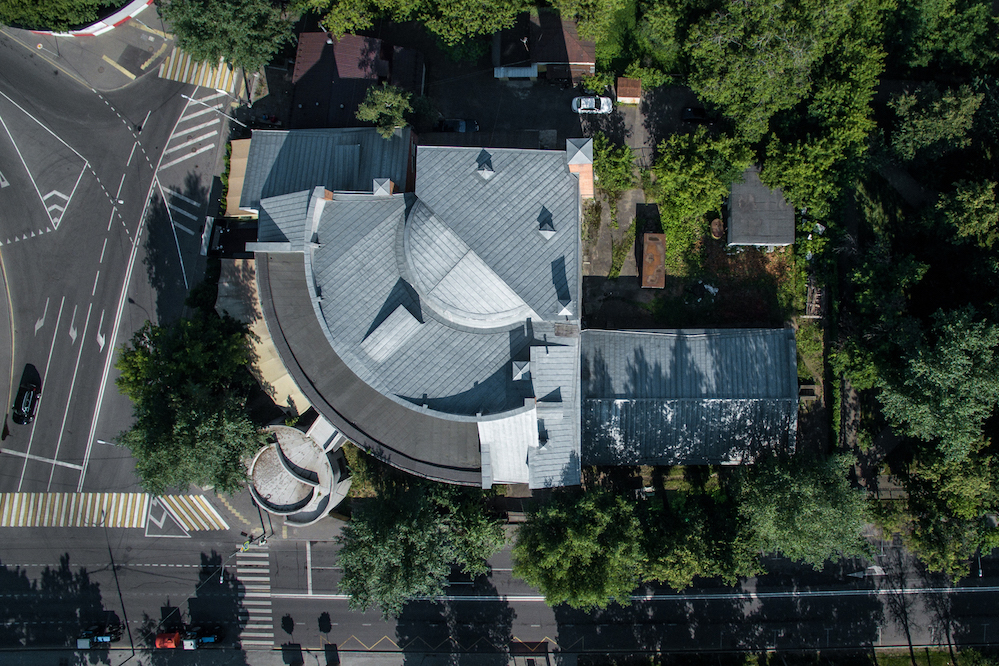
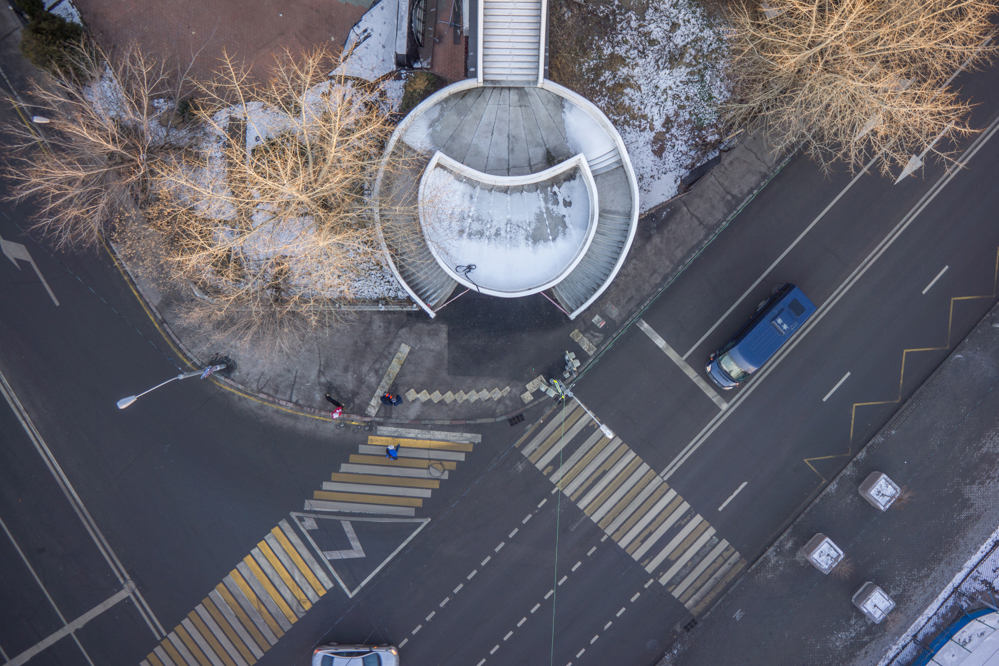
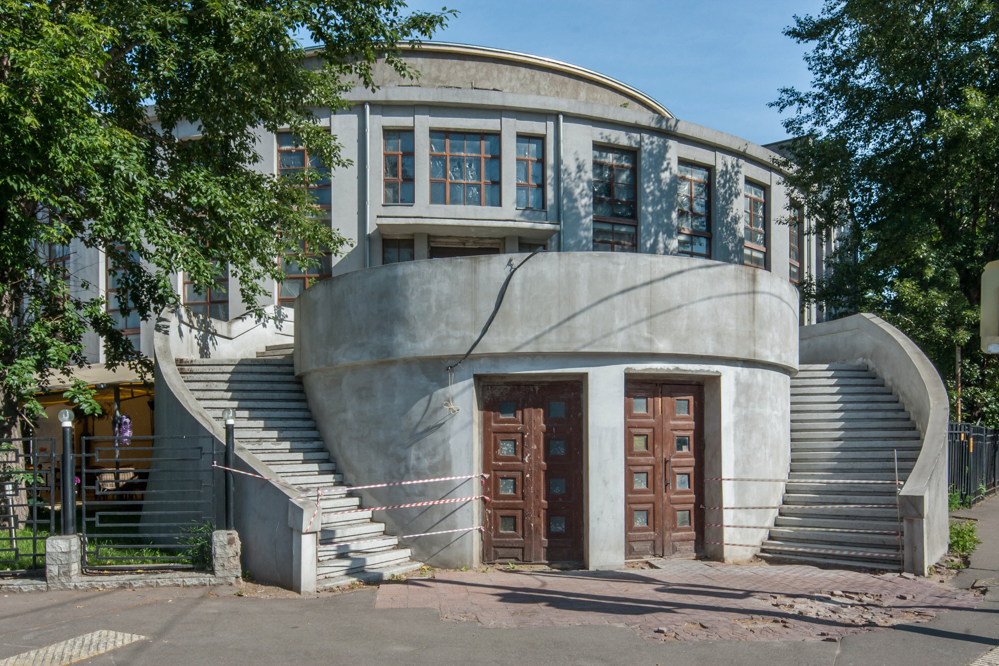
Kauchuk Factory Club Moscow, Konstantin Melnikov
In that first decade following the Bolshevik revolution, everything was ostensibly aimed at achieving the goal of a new society. In 1928, Moisei Ginsburg, architect of the Narkofin building in Moscow, used the expression “Social Condenser” in a speech at the OSA group conference. He announced,
“the principal objective of constructivism…
is the definition of the Social Condenser of the age.”
The worker’s clubs’ role was multi-purpose; a place where the workforce could relax, be taught explicitly or by stealth, indoctrinated with socialism, and where, the set up allowed, somewhere for the whole family unit to visit. The design of the clubs was intended to mark them out as dramatically modern, for the worker and, by their design, to make solid the egalitarian, socialist precepts of the revolution.
Konstantin Melnikov was one of the favoured architects for the project. He’d shown his vision in his design for the USSR’s Pavilion at the 1925 International Exhibition of Modern, Industrial and Decorative Arts in Paris and was chosen to design four clubs for the Chemical Workers Union and two for the Municipal Workers Union.
Ultimately the clubs’ evolution tracked changing policies in the Soviet Union. Lewis H Siegelbaum, who wrote The Shaping of Soviet Workers’ Leisure: Workers’ Clubs and Palaces of Culture, explains the clubs had a
‘crisis of identity in the late 20s and early 1930s’ … ‘The massive influx of peasants into urban areas combined with the shutting down of commercial establishments that previously had catered to workers meant that public facilities, among them clubs, would have to absorb new functions and engage in new organizational arrangements to meet the new, unexpectedly large urban population. Thus, architects who thought they were anticipating the future suddenly were confronted by an unstable present that wrought havoc with their projections’.
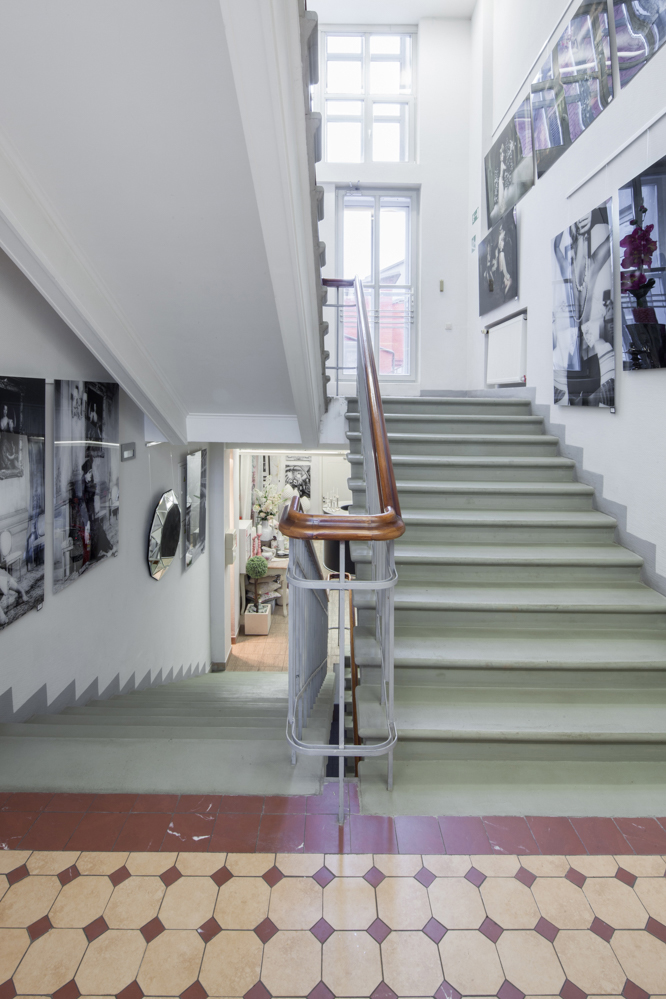
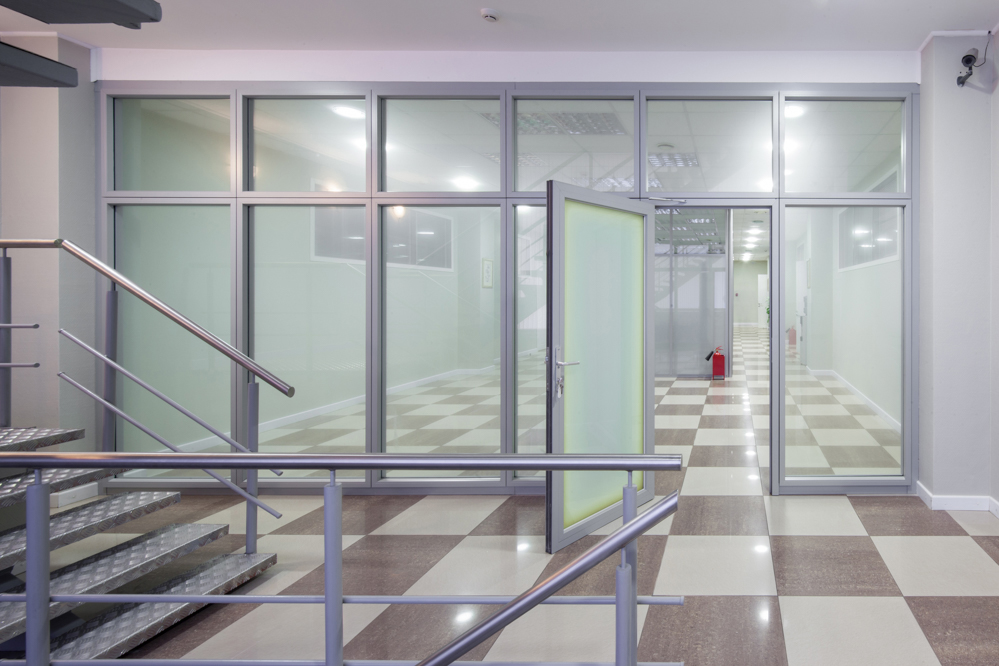

Frunze Factory Club Moscow, Konstantin Melnikov
With Stalinism’s increasingly authoritarian grip the clubs, like every other organisation and institution, had to conform to a rigid political dogma and societal discipline.
Ultimately the clubs survived but by and large the architects faired less well.
Images Denis Esakov ©
Denis is a ‘contemporary artist and architecture photographer, approaching the world through architecture and patterns. Sorting the urban landscape of buildings, parks, squares, streets, and transport communications,’ Born in Kyrgyzstan, he spent his youth in Central Asia later moving to Moscow and has lived in Berlin since 2018.
* Quote with thanks to Dr Michal Murawsky for Strelka Magazine




